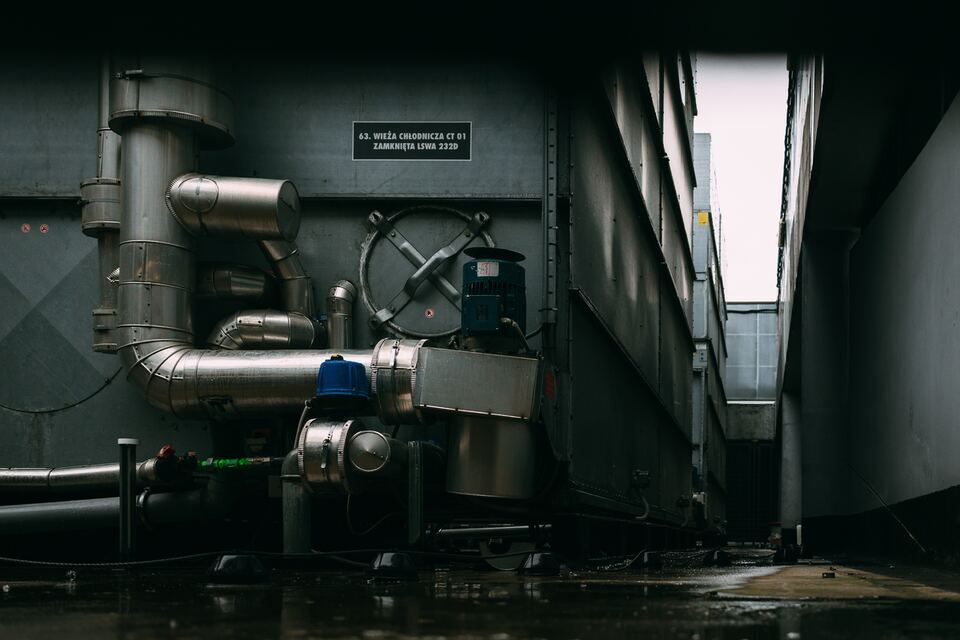
Introduction: Water and gas leaks pose significant risks to the safety, structure, and efficiency of your home. Detecting leaks promptly is crucial to mitigate damage, prevent accidents, and save on utility costs. In this article, we will discuss some of the best methods for detecting water and gas leaks in your home, allowing you to take immediate action and seek professional assistance when necessary.
Visual Inspection: Performing regular visual inspections is an effective way to spot visible signs of water or gas leaks. Check pipes, faucets, and appliances for any visible signs of moisture, corrosion, or damage. Look for water stains, mold growth, or warping on walls, ceilings, and floors. In the case of gas leaks, inspect gas appliances for damaged or discolored connectors or fittings. Pay attention to any unusual smells or hissing sounds.
Water Meter Monitoring: Monitoring your water meter can help identify hidden water leaks. Start by turning off all water sources and ensure that no one in the house is using water. Take a reading of the water meter and wait for a few hours without using any water. If the meter reading changes during this period, it indicates a water leak. Alternatively, you can turn off the water supply to the house and check if the meter is still running. Any movement indicates a leak.
Dye Testing: Dye testing is a simple and effective method to detect leaks in toilets. Add a few drops of food coloring or a leak detection dye tablet to the toilet tank. Wait for about 15-20 minutes without flushing. If the colored water appears in the toilet bowl, it indicates a leak in the flapper valve or other components of the toilet, which should be promptly repaired.
Listen for Unusual Sounds: Listen for sounds that may indicate a water or gas leak. The sound of dripping water, rushing water, or hissing gas may point to a leak. Pay attention to any unusual sounds coming from pipes, faucets, or appliances. Even the slightest hissing sound near gas lines should not be ignored and requires immediate attention.
Utilize Technology: Modern technology offers advanced tools for leak detection. Water leak detection systems use sensors to monitor water flow and can send alerts to your smartphone or shut off the water supply automatically in the event of a leak. Gas leak detectors utilize electronic sensors to detect the presence of gas in the air and provide audible or visual warnings. These technological solutions provide an extra layer of protection and peace of mind.
Conduct Regular Pressure Tests: Periodically testing the pressure of your water and gas lines can help identify leaks. For water lines, turn off all water sources and record the pressure on a pressure gauge. Leave it undisturbed for a few hours and check if the pressure drops. A significant pressure drop suggests a potential leak. Similarly, gas lines can be tested by using a manometer to measure pressure changes over time.
Seek Professional Assistance: If you suspect a water or gas leak but are unable to locate it, or if you are uncertain about performing DIY detection methods, it is recommended to contact a professional plumber or gas technician. These experts have specialized tools and equipment to identify and resolve leaks safely and efficiently.
Conclusion: Detecting water and gas leaks in your home is essential for maintaining safety, preventing damage, and conserving resources. By employing a combination of visual inspections, water meter monitoring, dye testing, listening for unusual sounds, utilizing technology, conducting pressure tests, and seeking professional assistance when needed, you can promptly identify and address leaks in your home. Remember, early detection is key to minimizing risks and ensuring a secure and efficient living environment.

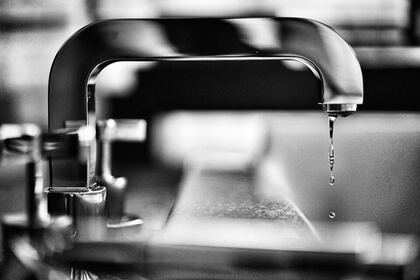
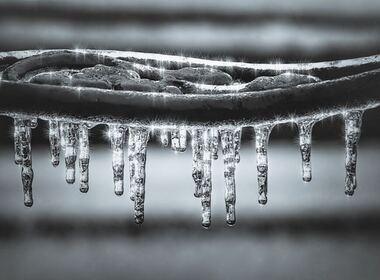
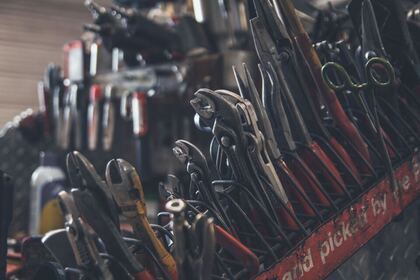
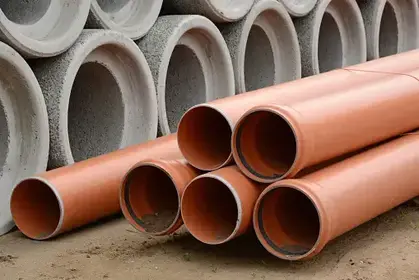
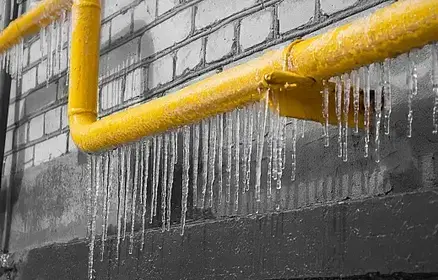
Leave Comment Below